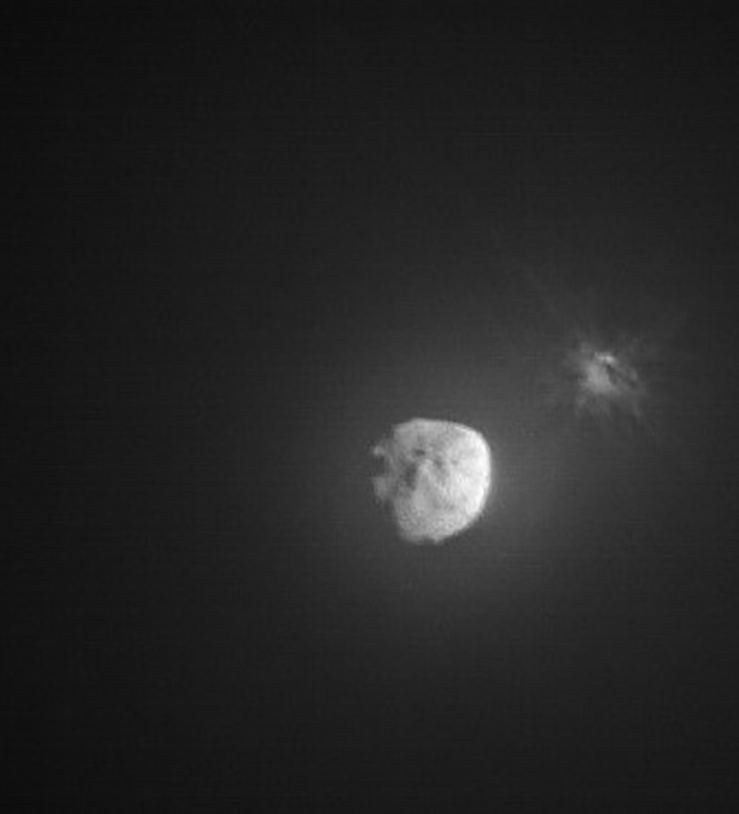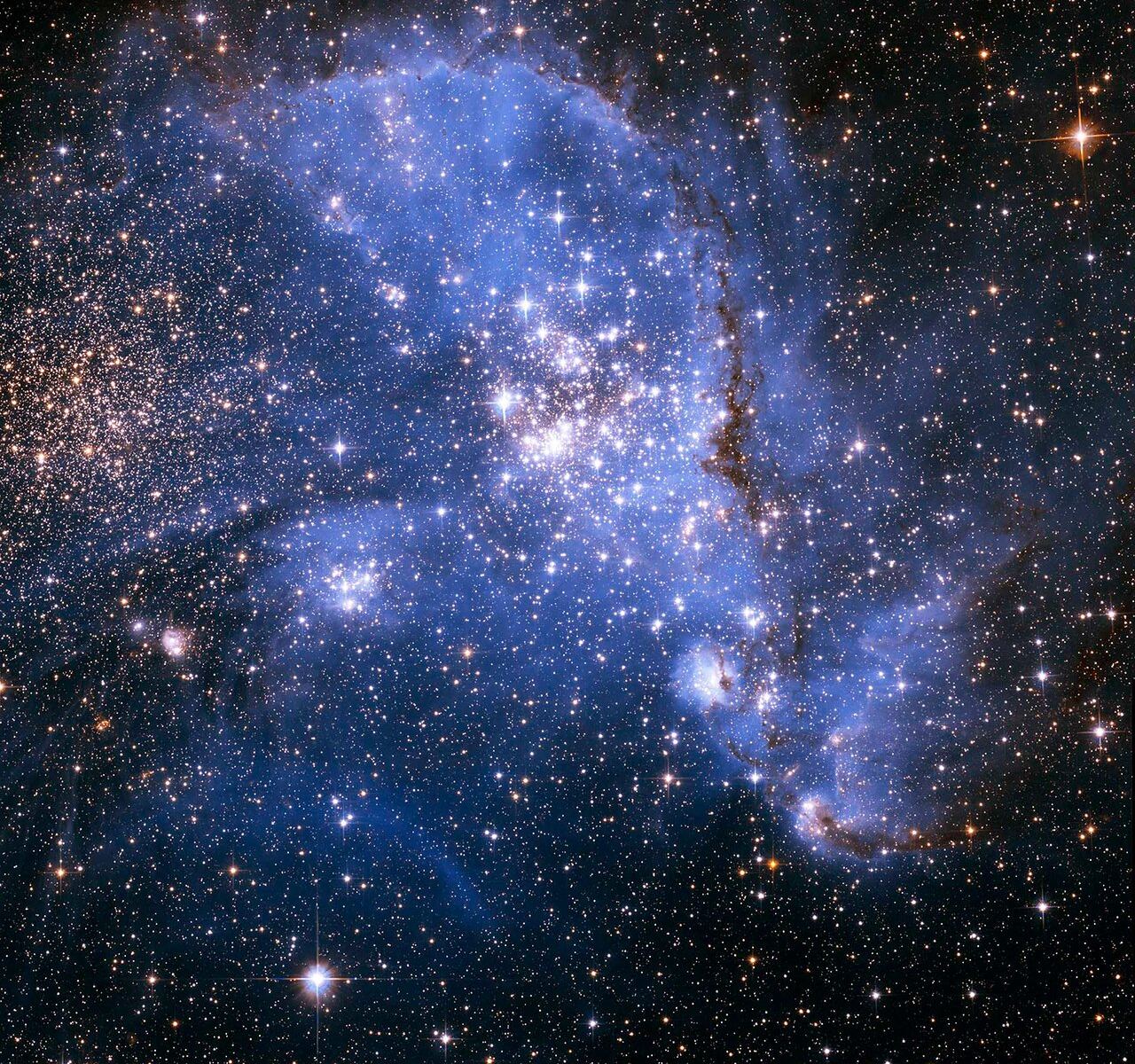NASA’s Balloon Program Analysis Group recently presented a roadmap to NASA, to guide them on how to plan and fund future balloon astronomy programs. Balloons have been used for over a century to conduct physics experiments, astronomical observations and Earth observing work, but remain relatively unknown to the general public. Balloon astronomy share many advantages with space telescopes, but at a fraction of the cost.
Many Next-Generation Telescopes are Carried on Balloons. Here's What the Next Decade Holds in Balloon Astronomy




